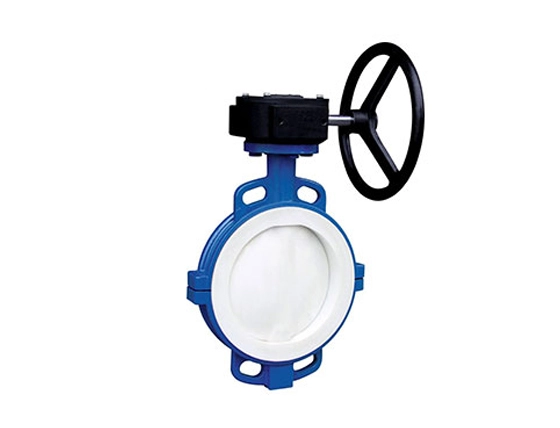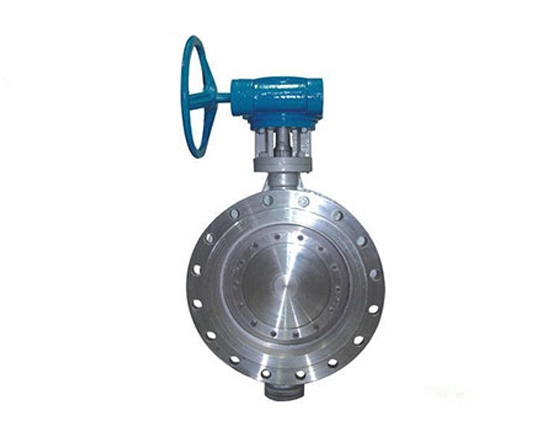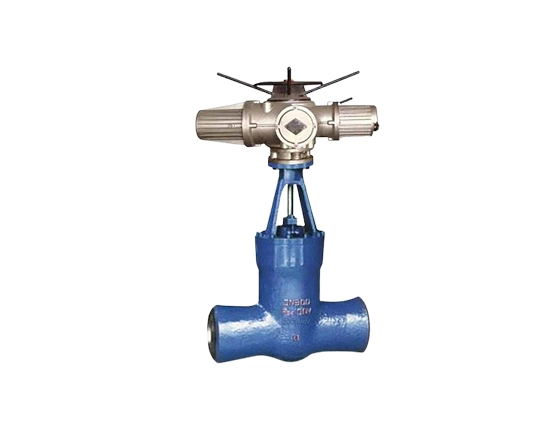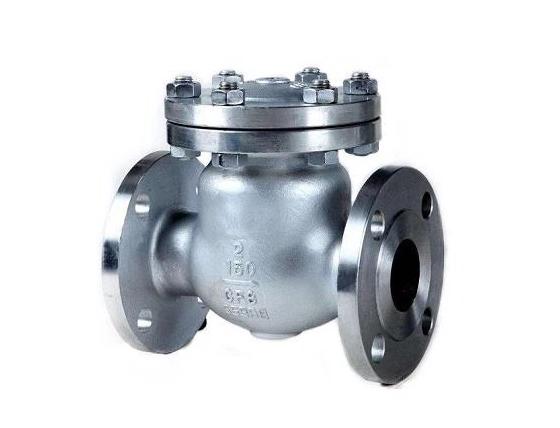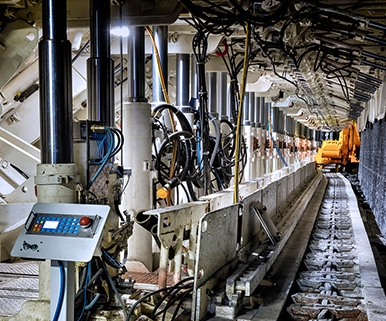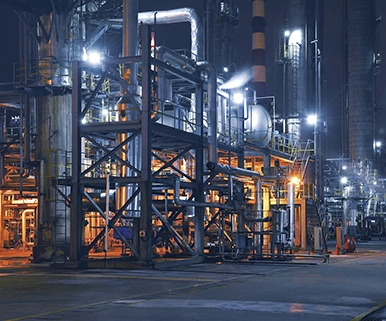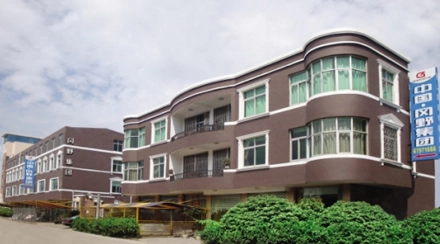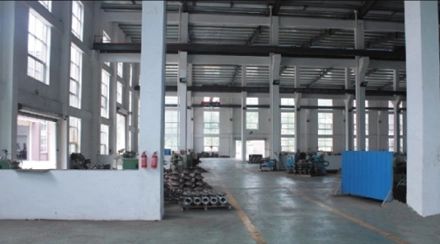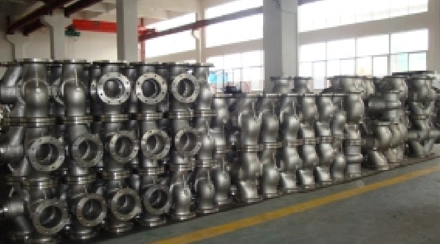en

In the chemical industry, a variety of valves are used to control the flow of fluids and gases in different processes. The selection of valves depends on the specific application, the type of fluid or gas being handled, and the operating conditions. Here are some common types of valves used in chemical industry:
Ball Valves:
Ball valves, such as four way water valve and fixed ball valve, use a spherical closure element (a ball) to control flow. They are known for quick operation and tight shut-off.
Application: Ball valves are suitable for a wide range of applications, including shut-off and control in chemical processing.
Gate Valves:
Gate valves have a flat gate-like disc that moves perpendicular to the flow direction. They provide a straight-through flow path when fully open.
Application: Gate valves, like motorized gate valve, are often used for on/off service in chemical plants where a full flow path is required.
Globe Valves:
Globe valves have a disc that moves up and down within the valve seat, providing precise control of flow.
Application: Globe valves, such as 6 inch globe valve and 10 globe valve, are suitable for applications requiring accurate throttling and control of fluid flow in chemical processes.
Butterfly Valves:
Butterfly valves use a disk mounted on a rotating shaft to control flow. They are compact and have a quick operation.
Application: Butterfly valves, like 24 inch butterfly valve and dn150 butterfly valve, are commonly used in chemical processing for isolation and regulation of flow.
Diaphragm Valves:
Diaphragm valves have a flexible diaphragm as the closing element. The diaphragm isolates the fluid from the valve body.
Application: Diaphragm valves are used in the chemical industry for handling corrosive or abrasive fluids.
Check Valves:
Check valves allow flow in one direction only, preventing backflow.
Application: Check valves, like 10000 psi check valve and 50mm check valve, are used to prevent the reverse flow of fluids in chemical pipelines.
Control Valves:
Control valves regulate fluid flow by modulating the valve opening in response to a signal from a controller.
Application: Control valves are crucial for maintaining precise control over fluid parameters in chemical processes.
Safety Relief Valves:
Safety relief valves automatically open to release excess pressure and prevent over-pressurization.
Application: Safety relief valves are critical for protecting equipment and personnel from potential pressure-related hazards in chemical systems.
Plug Valves:
Plug valves use a cylindrical or conical plug to control flow. They are simple and have a low-pressure drop.
Application: Plug valves find use in chemical applications where minimal pressure loss is important.
Pinch Valves:
Description: Pinch valves use a flexible rubber sleeve to control flow by pinching the sleeve closed or releasing it.
Application: Pinch valves are suitable for handling abrasive or corrosive fluids in the chemical industry.
Gangye can supply to those customers whose valves are used in chemical industry 1/2 inch- 40 inch, 150 lb -1500lb, gate valves, ball valves, globe valves, check valves, butterfly valves and power station valves of different materials. Customers can according to the size of the pipeline and pressure to determine the size and pressure rating of the valve they need. At the same time, customers need to determine the medium in the pipeline to choose the material. When the valve is used in a chemical plant, most of the medium is highly corrosive; so the stainless steel material Valves are a better choice for customers.
Gangye has been in the valve manufacturing industry for more than 20 years, and has manufactured different types of valves used in chemical industry, so gangye can provide customers with advice and high-quality valves. At the same time, mature technology also helps gangye to better control costs, which is It will make the price more cost-effective.

